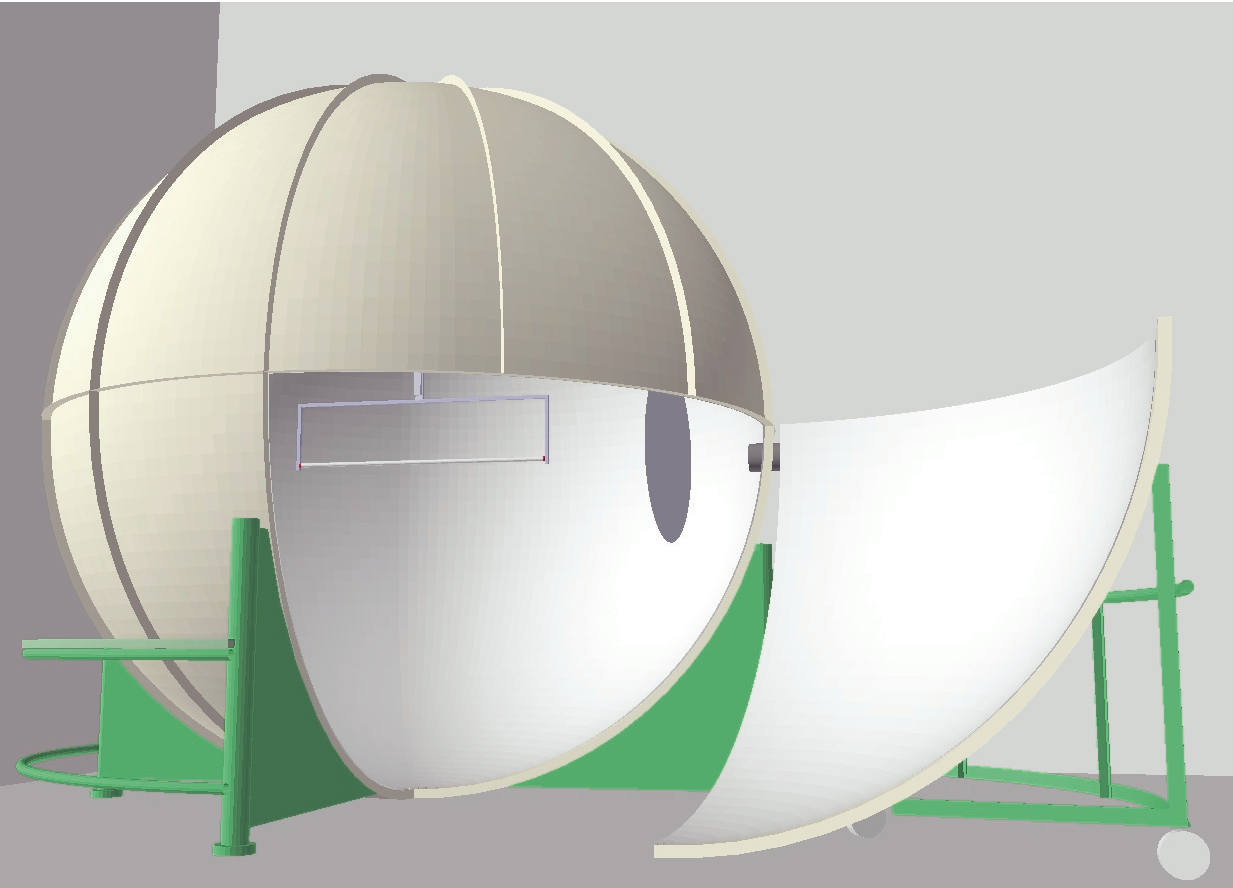The light within a luminaire is pointed in the desired directions by means of reflection and transmission. These processes, however, inevitably leads to optical losses. They reduce the luminous flux emitted by the luminaire when compared to the luminous flux freely emitted by the light sources installed in it.
Light output ratio
For replaceable light sources (lamps), the freely emitted luminous flux at an ambient temperature of tambient = 25°C is defined as the so-called "lamp luminous flux". The luminous flux emitted by a lamp under differing conditions can be increased or decreased.
A luminaire’s light output ratio LOR is the quotient of
the luminaire luminous flux φLuminaire present in the luminaire at luminaire ambient temperature tambient = 25°C and further operating conditions, e.g. intended mounting position, and
the sum of the lamp luminous flux values φLamp of the lamps to be operated inside the luminaire determined under the same conditions.

It includes the luminaire’s optical and thermal effects on the lamp luminous flux and is determined under the operating conditions standardised in EN 13032-1.
The luminaire light output ratio is usually specified in the manufacturer’s product documentation. It is necessary for photometric calculations according to an efficiency method (see chapter , "Design approximation using the efficiency method").
The luminous flux values for luminaire and lamp(s) required for determining the luminaire light output ratio are either measured by integrating the luminous intensity distribution model into the goniophotometer or the Ulbricht measuring sphere (see figure) according to EN 13032-1 under operating conditions which are also standardised.

Figure 3.165: Ulbricht sphere for measuring luminous flux in lamps and luminaires. The luminaire’s luminous flux divided by the lamp(s)’ luminous flux equals the luminaire’s light output ratio
For LED luminaires with integrated, non-replaceable light sources it is not possible to measure lamp luminous flux. In such cases, the luminaire luminous flux is formally defined as lamp luminous flux, and the light output ratio is defined with the fixed value 1.

Here, the so-called rated luminous flux must be used as luminaire luminous flux (see also chapter "Luminous efficacy of LED luminaires").